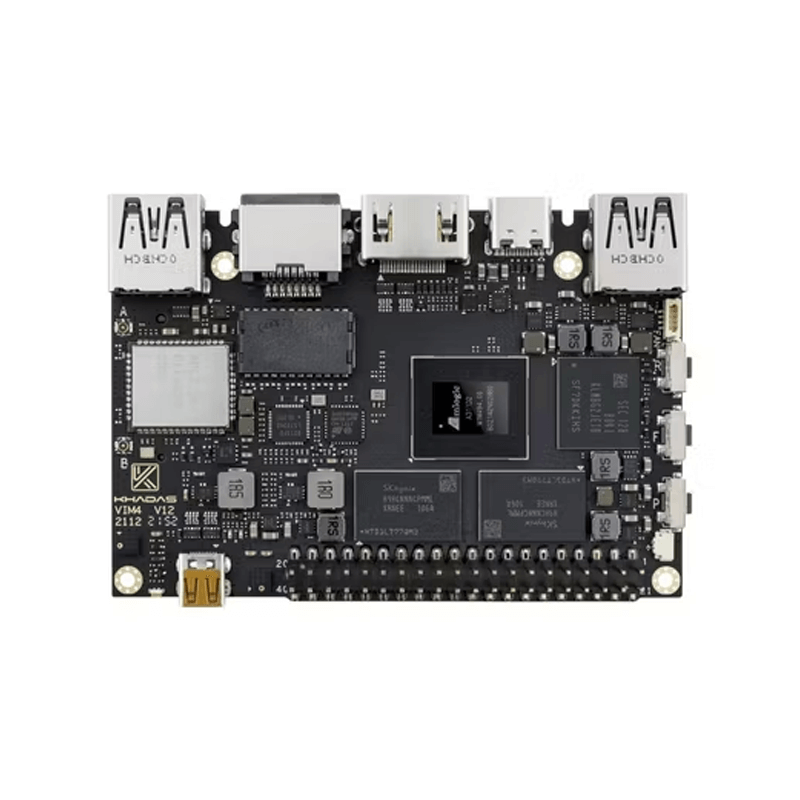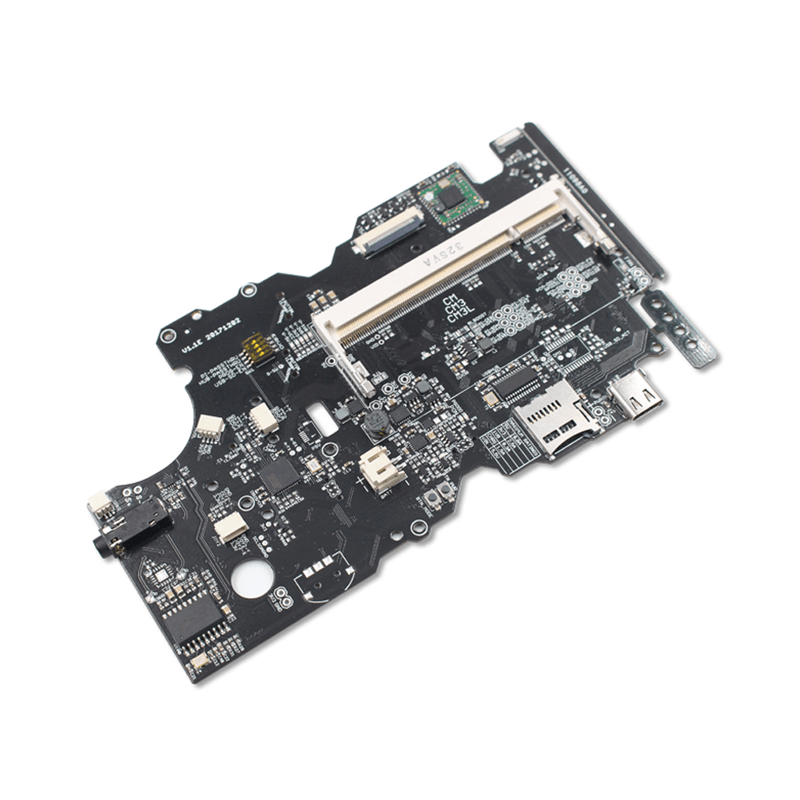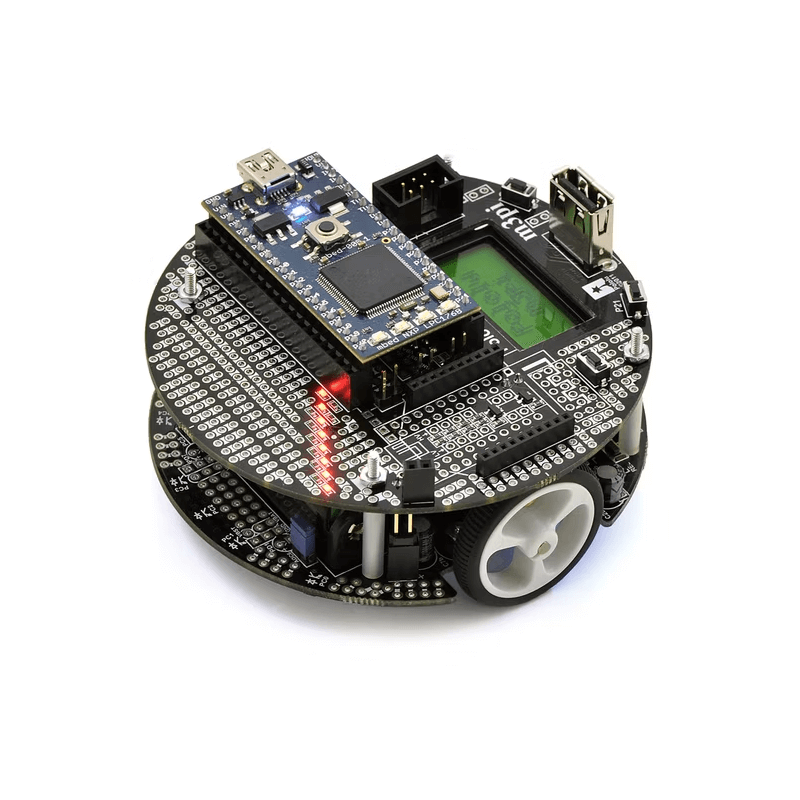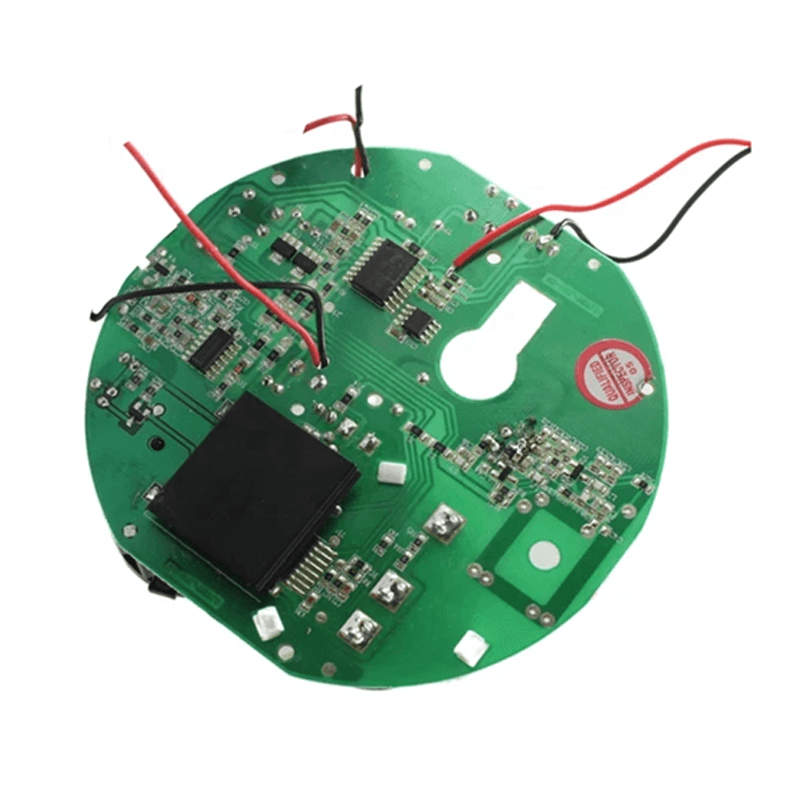Product Parameters
| High Quality Mulitylayer HDMI Board | |||
|---|---|---|---|
| Base Material: | FR-4 | ||
| Max. PCB Layers: | up to 64 Layers | ||
| Min.BGA Space: | 0.3mm | ||
| Min. Component: | 01005 | ||
| Certification: | RoHS, ISO | ||
| Layers: | Multilayer | ||
| Name: | Mulitylayer HDMI Board PCBA | ||
Product Display
HDMI (High-Definition Multimedia Interface) boards are circuit boards used for processing the transmission of high-definition audio and video signals. Their main functions are to receive, process, and transmit high-definition video signals (including various resolutions such as 1080p, 4K, and even 8K) and multi-channel audio signals, enabling high-quality multimedia data exchange between devices. For example, they can transmit the audio and video signals of devices like computers, Blu-ray players, and game consoles to high-definition televisions, monitors, projectors, and other display devices, allowing users to enjoy a clear and smooth audio-visual experience.
Hardware Features
Interface Types
- HDMI Input and Output Interfaces: HDMI boards usually come with multiple HDMI interfaces, including input interfaces for receiving signals from various signal sources (such as computers and Blu-ray players), and output interfaces for transmitting the processed signals to display devices. These interfaces comply with the HDMI standard specifications and can support different versions of the HDMI protocol to meet the compatibility requirements of different devices.
- Other Auxiliary Interfaces: Besides HDMI interfaces, there may also be some auxiliary interfaces. For example, the power interface is used to power the HDMI board; the USB interface can be used for software updates of the device, connecting external storage devices, or connecting other USB peripheral devices; and there may also be audio input and output interfaces for connecting external audio devices to achieve more flexible audio processing.
Signal Processing Capabilities
- Support for High-Definition Video: HDMI boards can support multiple high-definition video formats, including but not limited to 1080p, 4K (3840×2160), and 8K (7680×4320) resolutions. They use built-in video processing chips to perform operations such as decoding, scaling, and format conversion on the input video signals to ensure that the output video signals meet the requirements of the target display device.
- Audio Processing Functions: In terms of audio, HDMI boards can process multi-channel audio signals, such as 5.1-channel and 7.1-channel surround sound. They can separate the different channels in the audio signal, perform appropriate amplification, equalization, and sound effect processing, and then synchronously transmit the processed audio signals with the video signals to display devices or external audio devices.
Circuit Design and Stability
- Multi-layer Circuit Board Design: To achieve complex signal processing and wiring functions, HDMI boards usually adopt a multi-layer circuit board design. This design can effectively reduce electromagnetic interference, improve the stability and anti-interference ability of signal transmission. Meanwhile, the multi-layer circuit board also helps to achieve a more compact circuit layout and reduce the size of the circuit board.
- High-Quality Components: HDMI boards use high-quality electronic components, such as high-precision video processing chips, stable power management chips, and high-performance signal transmission chips. These components have undergone strict screening and testing and can ensure the stability and reliability of the HDMI board during long-term operation, reducing the probability of signal distortion and failure.
















Reviews
Robot Driver Control Board